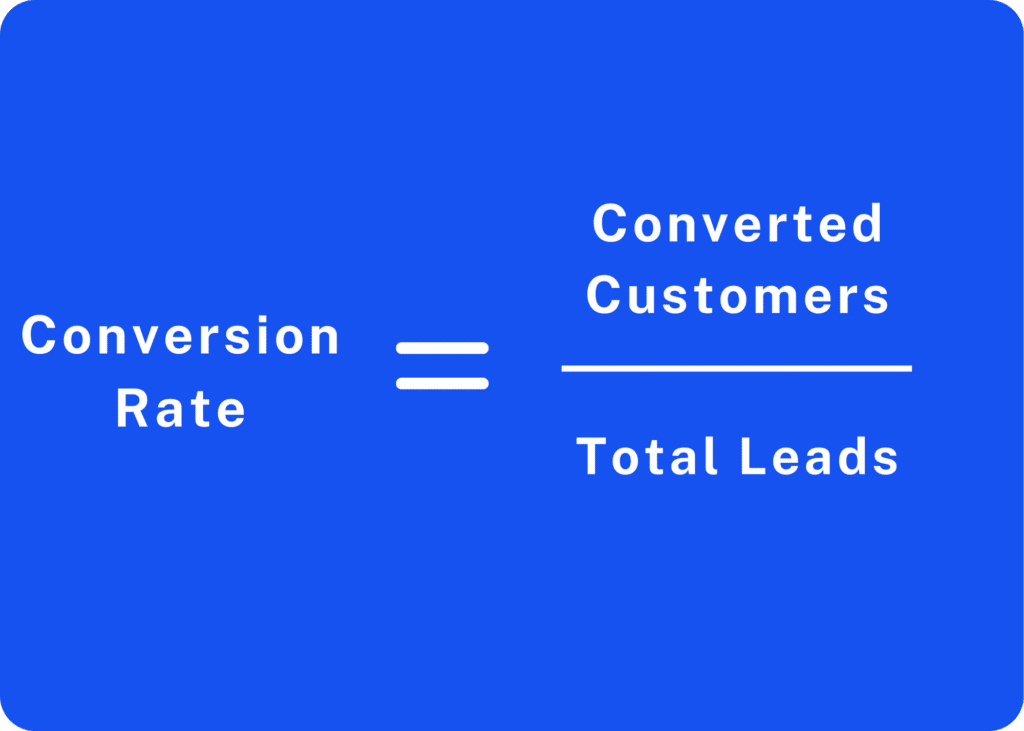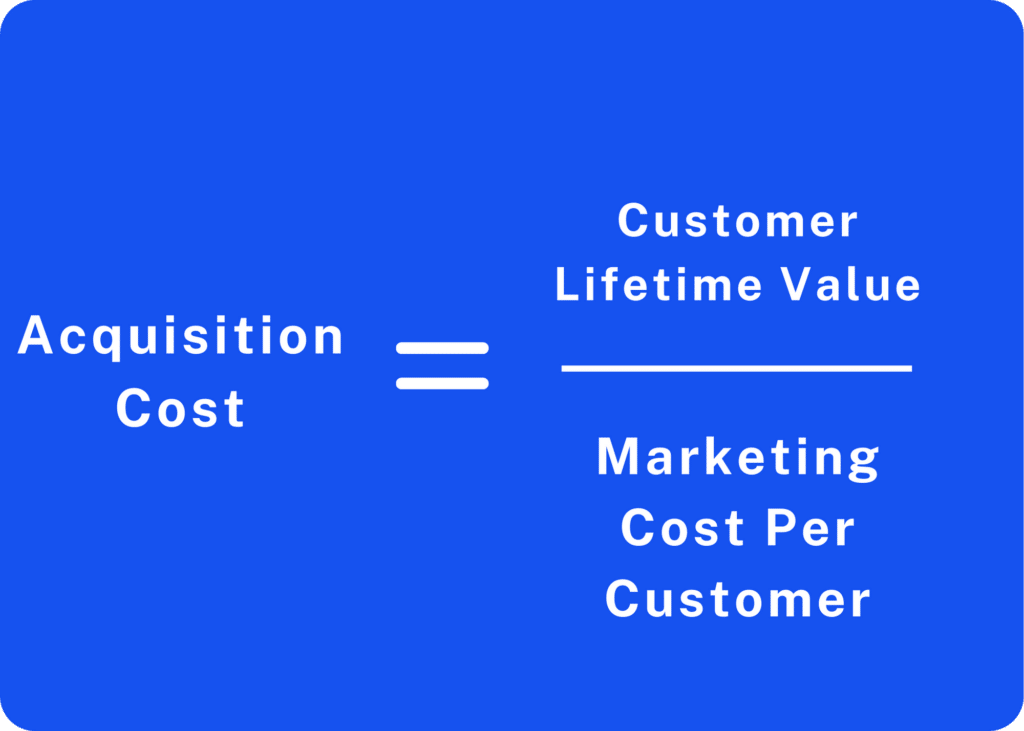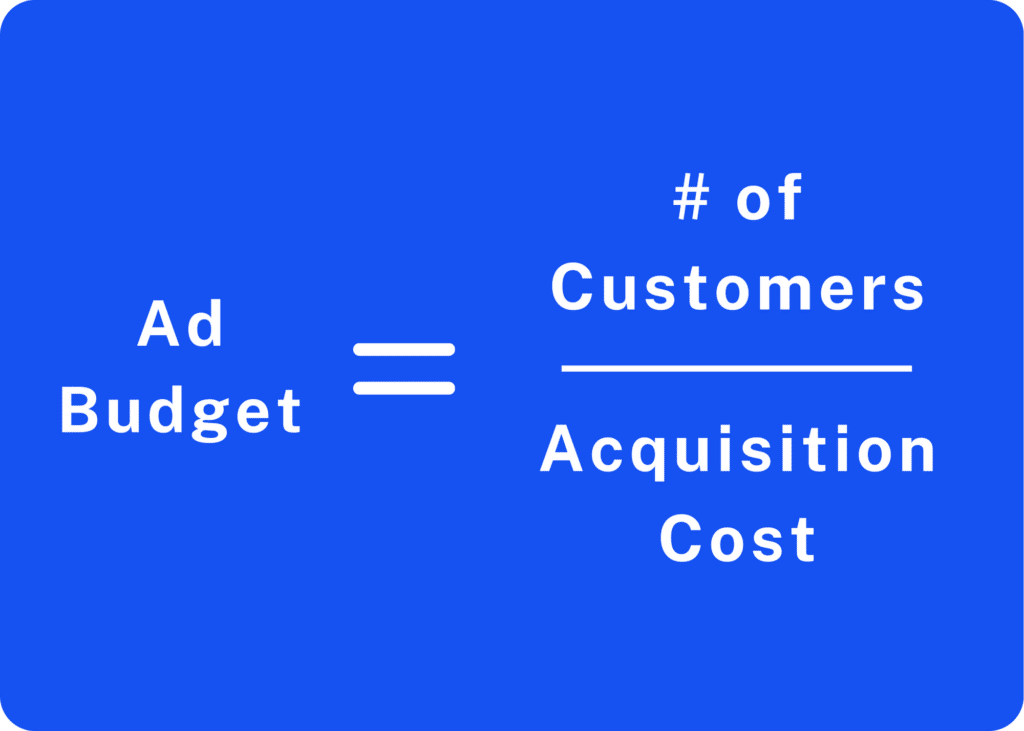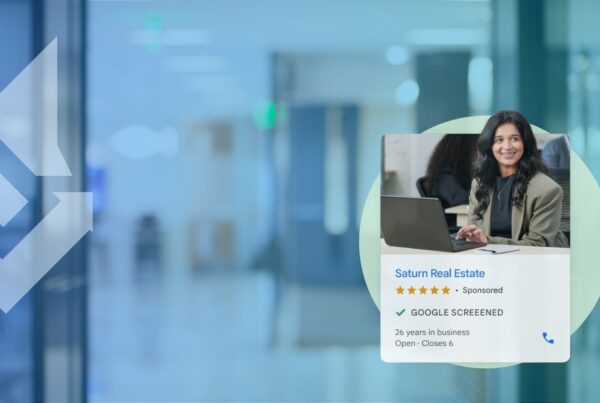Last updated on December 24th, 2024 at 08:30 pm
Google Ads is an effective tool for businesses that want to reach their target audience and attract more customers. However, it’s important to understand how much you should spend on your advertising budget to get the best results.
In this blog post, we’ll explore the factors that affect your Google Ads spending and guide you on how to determine the right budget for your business. Here is how much you should spend on Google Ads.
How Much To Spend In A Nutshell
In short, you should spend what you are comfortable with. As you spend more money on Google Ads, the cost per goal increases i.e. the cost per conversion, click, etc. Therefore, spend what you can comfortably afford and scale your advertising budget once you have a proven return on ad spend and are happy with the performance.
Now, let’s get into the factors that determine your cost and how to determine your budget. Then, we will end with where you can start for your ad spend.
Factors that Affect Your Google Ads Spending
Several factors affect your Google Ads spending, including your industry, competition, geographic location, bidding strategy, targeting options, and ad quality. Therefore, it’s essential to consider these factors before deciding on your advertising budget.
Let’s break down the different factors.
Industry
Some industries are more competitive than others and thus require higher bids to rank higher in search results. Also, some industries have higher customer lifetime values or tickets. For example, the legal industry has high competition and high customer lifetime values. Comparatively, house cleaning might be a lower customer lifetime value, but competition could still be higher.
As there are more competitors, Google Ads will increase costs for keywords. Also, if customer lifetime values are high, the more a business is willing to spend on obtaining the lead.
Competition
The level of competition in your industry impacts your cost per click (CPC). The more competitors you have, the higher the CPC. This kind of goes hand in hand with the industry but can be different in some aspects.
For example, you can find certain keywords with lower competition to lower costs. Typically, most businesses know what the highest converting keywords are though which drive up prices.
Geographic location
Geographic targeting also affects your Google Ads spending. If you’re only targeting local customers, your advertising costs may be lower than if you’re targeting a global audience.
On the other hand, if you are in a highly populous market such as Miami or Los Angeles then competition can be high making pricing higher. Customers may also be willing to spend more which drives up costs.
Comparatively, a rural environment has low competition and typically lower costs.
Bidding strategy
Your bidding strategy can also influence your Google Ads spending. There are two types of bidding strategies: automated and manual. Automated strategies use machine learning to adjust bids while manual, allows you to set bids manually.
Automated bidding will try to help you reach your goals for the least amount of money possible. This can be a huge time saver so you do not have to manually bid on each keyword.
Manual bidding offers more control so you can control your spending on specific keywords. For example, if you know a certain keyword has a high chance of converting, you can manually bid higher. But, this can be labor intensive as it needs consistent updates. Moreover, a business truly needs to understand its numbers and how much they are willing to spend for a lead to be effective.
Targeting options
Next, your Google Ads spend can also depend on your targeting options, which include demographics, interests, keywords, and placements. These options impact your ad’s visibility and click-through rate (CTR), affecting your overall spending.
Ad Quality
Finally, the quality of your ads determines your ad rank, which influences your CPC and ad spending. Ad quality is determined by 3 factors: relevance, experience, and estimated click-through rate (CTR). The better the ad quality, the lower the cost. The lower the ad quality, the more expensive the cost.
To achieve high ad quality, ensure your keywords are mentioned in the ad copy and your landing pages. Also, ensure your users have a good landing page experience such as fast web speeds on mobile devices and no popups. Finally, constantly rotate/test ad copy to improve your CTR.
How to Determine Your Google Ads Budget
Now that you know the factors that control Google Ad costs, let’s talk about how to determine a starting budget for your campaign. To find out a good starting number for your ad spend, I like to work backward starting with your goals.
To determine your Google Ads budget, follow these steps:
1. Identify Business Goals
What do you aim to achieve from your ads? Do you want to increase website traffic, generate leads, or boost sales? Your goal will help you understand how much you should spend.
To illustrate, if your goal is to get more sales then what is the average cost of what you would be selling? In our example, let’s say you are a home service business and for the sake of simplicity, you are selling a service for $100 on average.
2. Estimate Conversion Rate or Goals
Once you identify your business goal, start thinking about the conversion rate or the rate at which you achieve your goal. Going back to our previous example, if you are trying to obtain leads (say for a home service business) then think about the conversion rate from a lead to an actual customer.
On average, we see a conversion rate from lead to a sale of about 20% – 50% but this can vary depending on the industry and the effectiveness of the campaign. Therefore, if we believe your conversion rate from lead to sale is 25% that means you need 4 leads to get a sale of $100. That means you will spend $25 on every lead.

Be sure to use lead-tracking software with your pay-per-click advertisements to help you track conversions and track your return on investment.
3. Calculate Your Cost Per Acquisition
Now comes the most important part, setting your cost per acquisition which is the cost to acquire a customer. This number will vary from business to business but you should consider your customer’s lifetime value and your business’s costs.
First, determine how much money on average you can make from the lifetime of a customer. Then, of that number, consider how much of it you can reasonably expect to pay to acquire the customer. The final number will vary by industry and by business.
Let’s say for our home service business, our average customer lifetime value is $1,000 and we are comfortable with spending 20% of that on acquiring a customer. That means, my cost per acquisition is $200.

4. Set Your Budget
Finally, you can set your budget. If I use a budget of $1,000/month in ad spend, that will get me 5 customers at a cost per acquisition of $200. Of those 5 customers, that should result from 20 leads if my conversion rate is 25%.

For example, if your average sale value is $100 and your conversion rate is 2%, your maximum CPA is $50. If you want to generate 20 leads, multiply $50 by 20, which is $1,000. To find your daily budget, divide $1,000 by 30 (days in a month) to get $33.3.
Final Thoughts
The next time you think about how much should you spend on Google Ads, don’t ask your digital marketing agency for the perfect answer. Instead, decide for yourself how much you are comfortable spending knowing your business financials and customers.
Google Ads spending depends on various factors, including your industry, competition, geographic location, bidding strategy, targeting options, and ad quality. You can determine your budget by identifying your business goals, estimating your conversion rate, calculating your maximum CPA, and setting your budget accordingly.
Remember, Google Ads is not a one-size-fits-all solution. What works for one business may not work for another. Therefore, it’s crucial to understand your target audience, and goals and regularly monitor and adjust your strategy based on data and results.
Ready to start scaling your business with digital marketing? Schedule a consultation with us or learn more about our pay-per-click management services.




